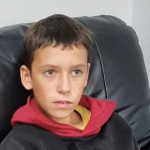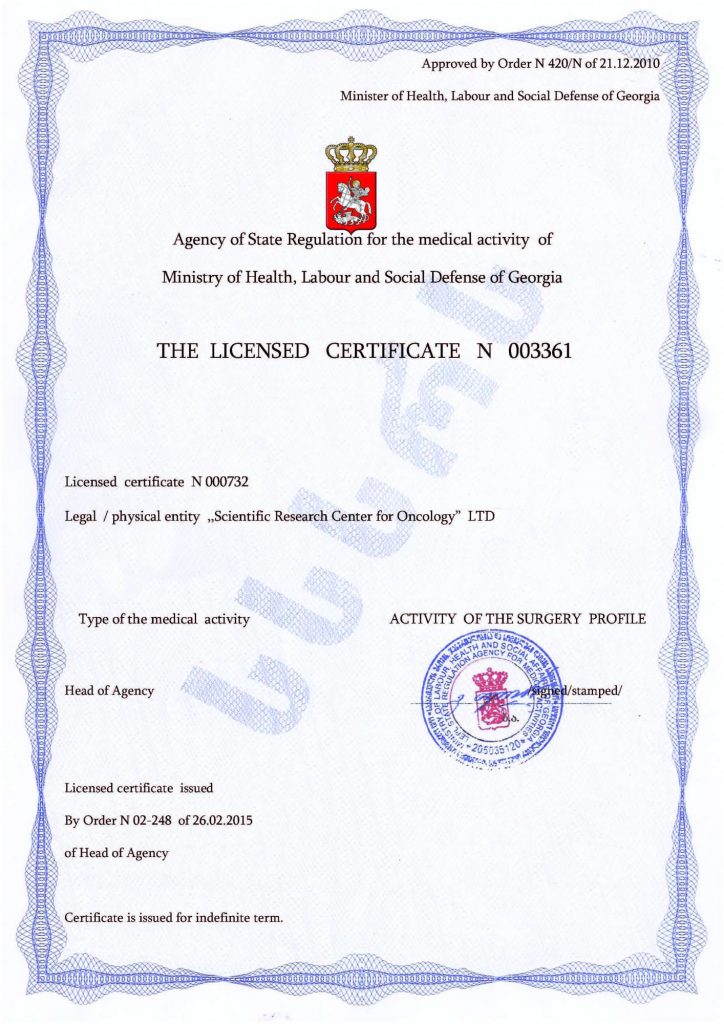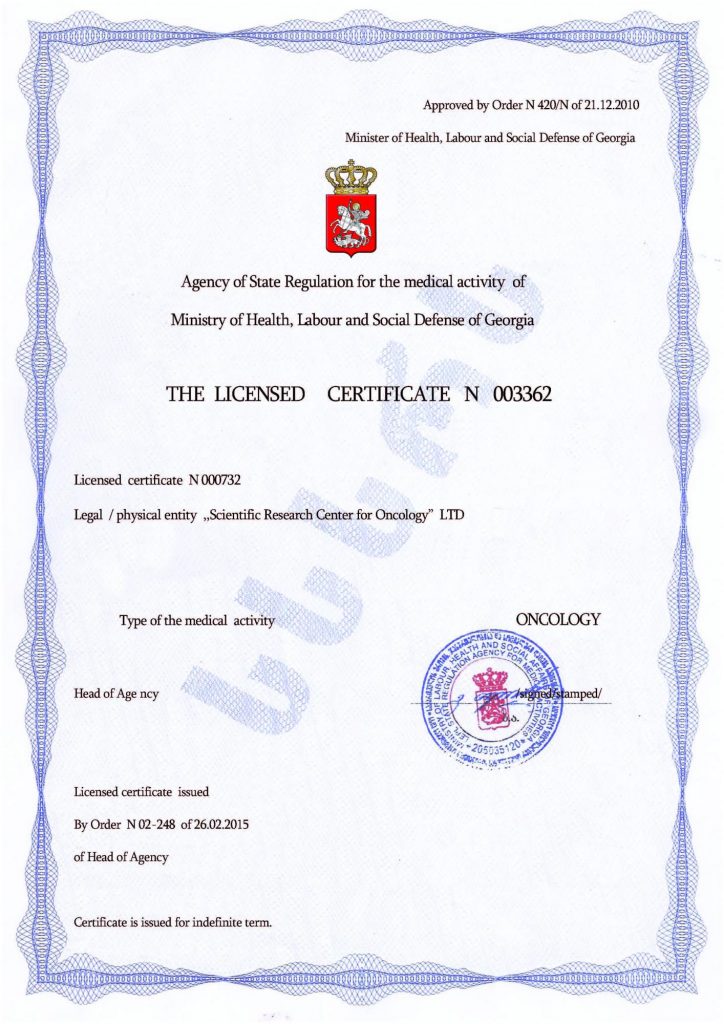Why Do Autistic People Excel at Checkers?
The presence of autism spectrum disorders (ASD) not only doesn’t hinder but may even contribute to children’s success in checkers and other logic games. There are several reasons why this happens, and they are related to the specific thinking and perception styles of autistic individuals.
1. Love for Structure and Rules
- Checkers is a game with clear and unchanging rules. There’s no ambiguity or need to interpret social signals.
- Autistic individuals often feel comfortable and perform well in predictable, structured systems. They enjoy understanding how things work “by the book.”
2. Strong Visual-Spatial Abilities
- Many autistic people have well-developed visual-spatial skills. They excel at recognizing patterns, shapes, and the relationships between objects on a plane—including on a game board.
- Checkers is a game based on the visual placement of pieces, board analysis, and the recognition of potential moves and their consequences in space. This kind of logical thinking is characteristic of many autistic individuals.
3. Systematic Thinking and Pattern Recognition
- The autistic brain is often well-equipped for analyzing systems, identifying patterns, and recognizing logical sequences.
- Success in checkers relies on the ability to predict several moves ahead, recognize standard combinations, and tactical patterns (such as forks, bindings, and sacrifices for gain). This kind of analytical activity may come naturally and be highly engaging for autistic individuals.
4. Minimal Social Demands
- Unlike many other games, checkers require minimal direct social interaction during the game itself. There’s no need to read facial expressions, tone of voice, hidden intentions, or engage in conversation.
- All the focus can be entirely on the game situation, using logic, which reduces anxiety levels.
5. Intense Focus (Hyperfocus)
- Autistic individuals often become deeply engrossed in things they are genuinely interested in. If checkers capture their attention, they may spend a lot of time studying strategies, refining skills, and naturally reach a high level of play.
6. Concrete Task
- The goal in checkers is straightforward: capture the opponent’s pieces and reach the king row. There are no abstract or emotional undertones that might complicate understanding the task.
- Not all autistic individuals like or excel at checkers. Autism is a spectrum, and different children may have varying interests, abilities, and strengths. Some may prefer other activities like music, drawing, programming, or assembling puzzles.
- Being good at checkers does not serve as a diagnostic feature of autism. Many neurotypical children and adults are also excellent at the game.
- Challenges may arise in other aspects of the game: Some children may struggle with losing, following turns, or playing in environments with sensory overload (such as noise in the room), even if they are good at the logical aspects of the game.
The success of autistic children in checkers is often due to a combination of their strengths—love for structure and rules, developed visual-spatial and systematic thinking, and the ability to deeply concentrate—and the reduced social demands the game offers. Checkers provide a comfortable environment where their cognitive traits can become an advantage.
It is important to note, of course, that autism doesn’t guarantee a child will become a grandmaster, or even a world champion. On the contrary, the focus should be on helping the child overcome the disorder and ensure full development. The most realistic chance for this is provided by cell therapy. This innovative, natural, and safe approach significantly outperforms other treatments in terms of effectiveness. It involves the transplantation of the patient’s own stem cells, which are basic elements of the body capable of transforming into any other type of cell. This allows for the replacement of damaged cells with healthy ones, effectively allowing the body to heal itself by stimulating its natural restorative abilities.
Because the stem cells are taken from the patient (usually from the bone marrow), rejection is ruled out due to the absence of an immune reaction.
The results of this treatment can be noticeable quite quickly—the brain and nervous system begin functioning normally again, which helps normalize perception and eliminate behavioral disorders. Additionally, general development and the acquisition of various skills proceed more rapidly, and autism symptoms become less pronounced or may even disappear entirely. These positive changes are long-lasting or even permanent, improving the effectiveness of other corrective measures.
The promise and effectiveness of this recently developed technology, once considered experimental, have led to its recognition as a mainstream method for treating autism and its symptoms. Leading clinics around the world, including the Mardaleishvili Medical Center, are now using this approach. The clinic’s medical professionals have extensive practical and scientific experience in stem cell transplantation and use state-of-the-art equipment to achieve the best possible therapeutic results. The quality of care is exceptional, and the cost of treatment is lower compared to other countries with advanced healthcare systems. Additionally, patients can receive assistance with travel planning and other matters, including accommodation for the rehabilitation period.
Fill out the feedback form—take advantage of modern medical opportunities!
Autism Treatment Center Videos
Autism treatment with own stem cells
Cord blood association congress
International Quality Crown
Autism Treatment Reviews
Autism treatment with own stem cells
The story of Alessandro (6 years old)
Autism Patient Testimonial - Stem Cell Treatment
Clients Testimonials

Review by Anastasia, mother of Yusup (8 years old) Read More

Feedback from Nathalie, mother of Andre (9 years old) Read More

Feedback from Yulia, mother of Emily (7 years old) Read More

Feedback by Everita, Katrina’s mother (5 years old) Read More

Feedback from Igor, David’s father (12 years old) Read More












